Peilin Jiang
HSIDMamba: Exploring Bidirectional State-Space Models for Hyperspectral Denoising
Apr 15, 2024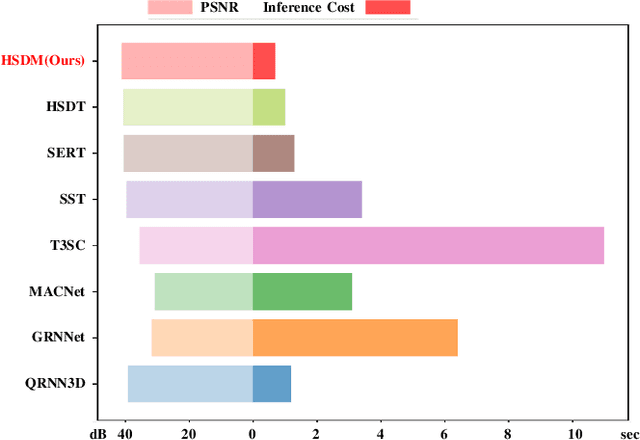
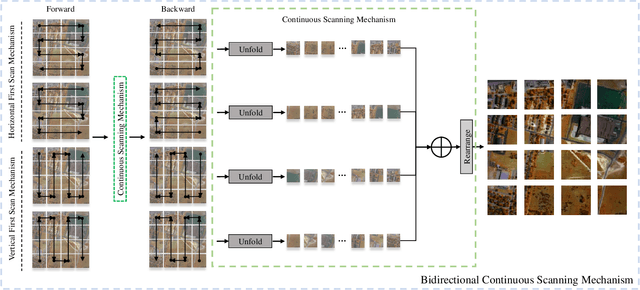
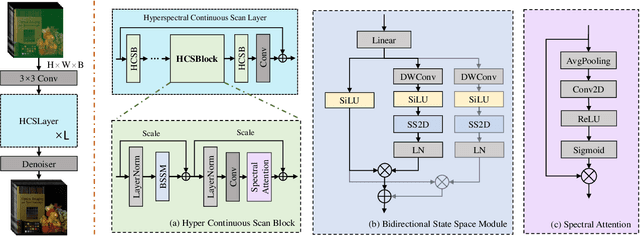
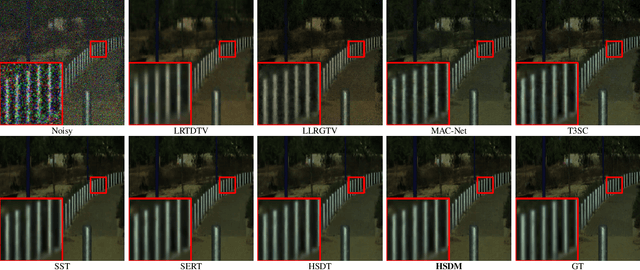
Abstract:Effectively discerning spatial-spectral dependencies in HSI denoising is crucial, but prevailing methods using convolution or transformers still face computational efficiency limitations. Recently, the emerging Selective State Space Model(Mamba) has risen with its nearly linear computational complexity in processing natural language sequences, which inspired us to explore its potential in handling long spectral sequences. In this paper, we propose HSIDMamba(HSDM), tailored to exploit the linear complexity for effectively capturing spatial-spectral dependencies in HSI denoising. In particular, HSDM comprises multiple Hyperspectral Continuous Scan Blocks, incorporating BCSM(Bidirectional Continuous Scanning Mechanism), scale residual, and spectral attention mechanisms to enhance the capture of long-range and local spatial-spectral information. BCSM strengthens spatial-spectral interactions by linking forward and backward scans and enhancing information from eight directions through SSM, significantly enhancing the perceptual capability of HSDM and improving denoising performance more effectively. Extensive evaluations against HSI denoising benchmarks validate the superior performance of HSDM, achieving state-of-the-art results in performance and surpassing the efficiency of the latest transformer architectures by $30\%$.
Heuristic Search for Structural Constraints in Data Association
Nov 08, 2017


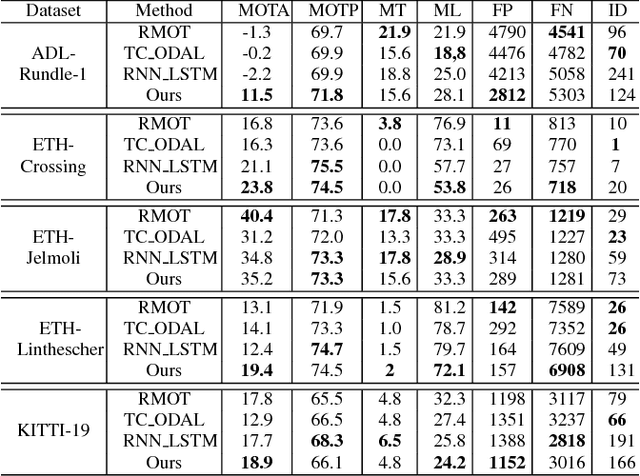
Abstract:The research on multi-object tracking (MOT) is essentially to solve for the data association assignment, the core of which is to design the association cost as discriminative as possible. Generally speaking, the match ambiguities caused by similar appearances of objects and the moving cameras make the data association perplexing and challenging. In this paper, we propose a new heuristic method to search for structural constraints (HSSC) of multiple targets when solving the problem of online multi-object tracking. We believe that the internal structure among multiple targets in the adjacent frames could remain constant and stable even though the video sequences are captured by a moving camera. As a result, the structural constraints are able to cut down the match ambiguities caused by the moving cameras as well as similar appearances of the tracked objects. The proposed heuristic method aims to obtain a maximum match set under the minimum structural cost for each available match pair, which can be integrated with the raw association costs and make them more elaborate and discriminative compared with other approaches. In addition, this paper presents a new method to recover missing targets by minimizing the cost function generated from both motion and structure cues. Our online multi-object tracking (MOT) algorithm based on HSSC has achieved the multi-object tracking accuracy (MOTA) of 25.0 on the public dataset 2DMOT2015[1].
 Add to Chrome
Add to Chrome Add to Firefox
Add to Firefox Add to Edge
Add to Edge